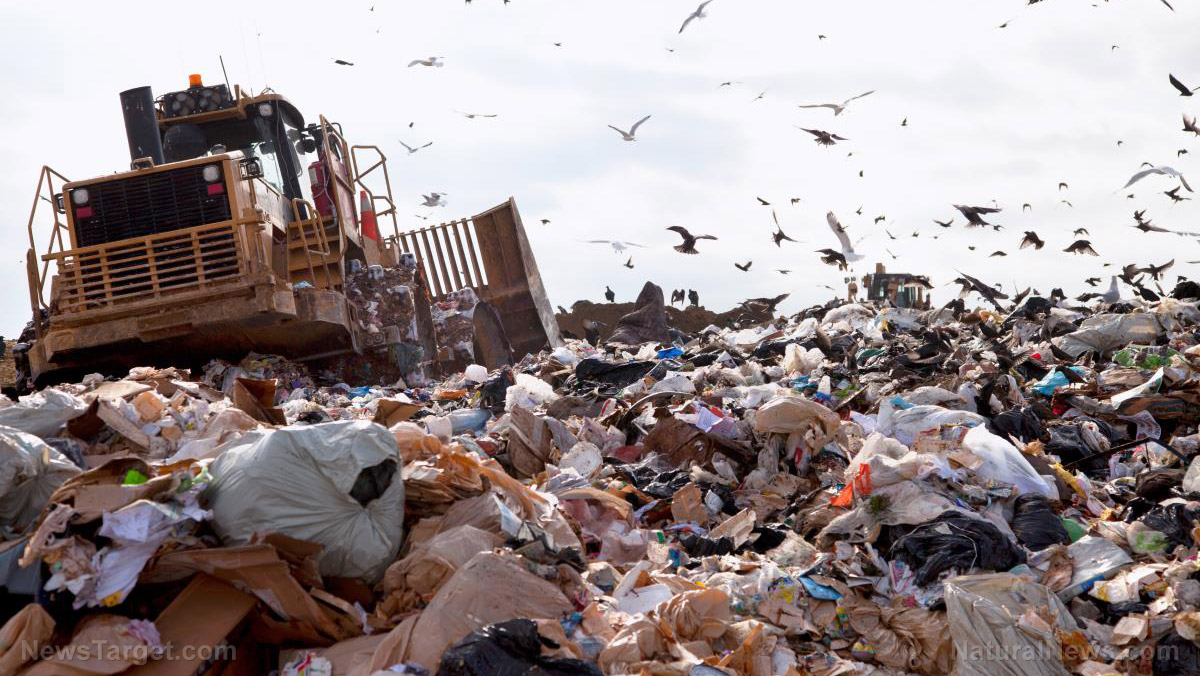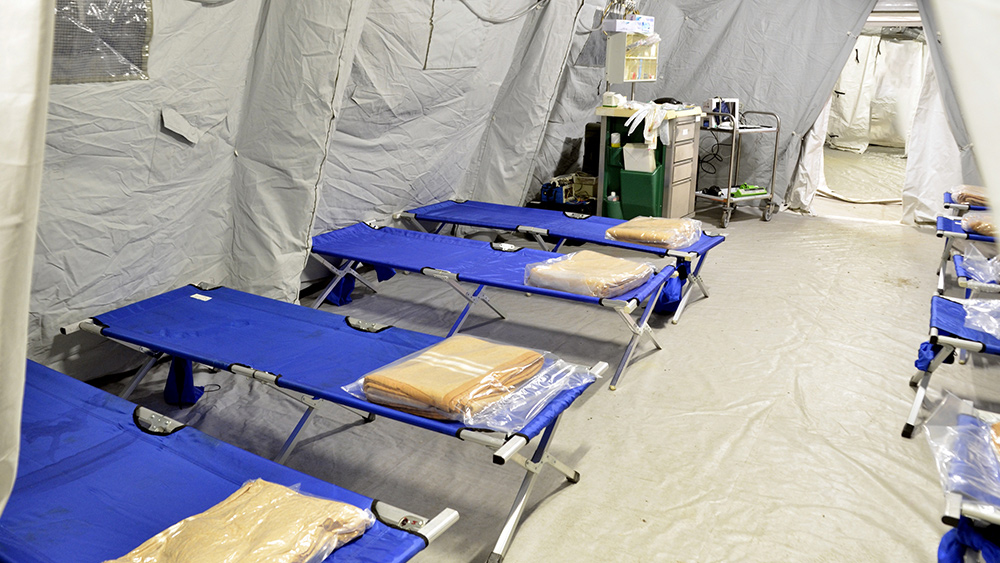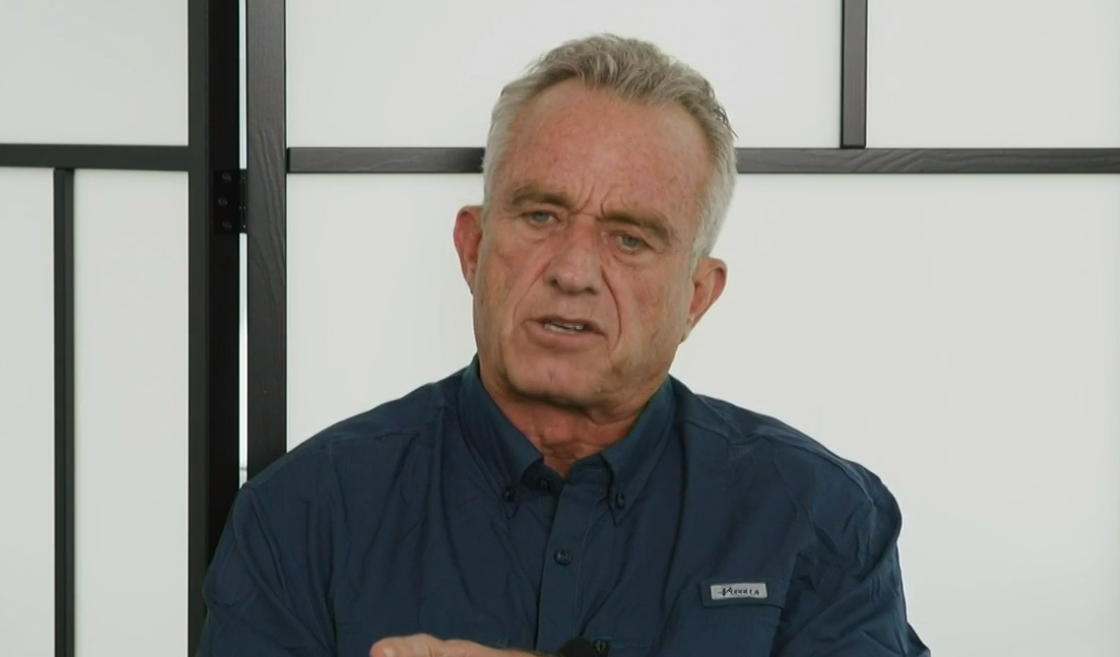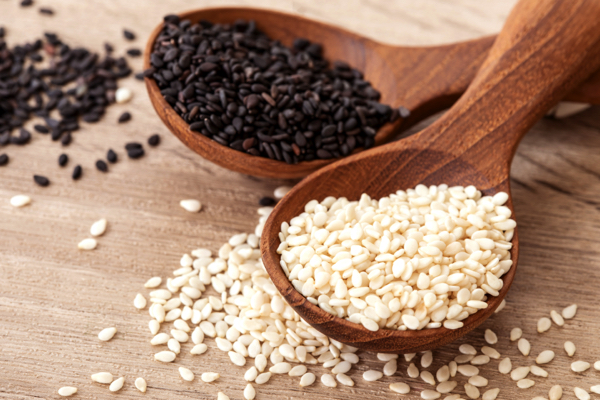 Parler
Parler Gab
Gab
State authorities propose poisoning mice to stop the plague
In May, state officials in New South Wales lodged an emergency request with the federal government's Australian Pesticides and Veterinary Medicines Authority (APVMA) to approve the widescale use of bromadiolone. The poison, which kills by preventing blood clotting, is banned from use in fields. Adam Marshall, New South Wales Minister for Agriculture, said the use of bromadiolone will be the equivalent of "napalming" mice across rural areas heavily affected by the plague. (Related: Australia gripped by rat plague of biblical proportions.) But the proposal to use the poison has raised serious environmental concerns. Xavier Martin, a farmer who lives near the town of Gunnedah, said he has had his hands full with mice. "They bit through the wires on our dishwasher a few weeks ago and caused a flood," said Martin. Plus, they could be heard scurrying around the roof and walls of the home. Martin also said that the plague was threatening his winter crops and the mental health of his fellow farmers who have absorbed the impacts of droughts, bushfires, floods and the COVID-19 pandemic in recent years. But Martin, who is vice president of a farmers' lobby group in New South Wales, said he opposes using bromadiolone because it could inadvertently kill other animals, not just the mice. Currently, the widescale use of the poison is banned in Australia, partly because of the increased risk of secondary poisoning compared to zinc phosphide, an industry-standard bait. According to Martin, any toxicity in the carcasses of rats that have consumed zinc phosphide is gone after a day. Meanwhile, bromadiolone can take anywhere between 100 to 200 days to go away in the gut.Fish caught have mice in them
Over the past few days, fishermen in New South Wales have been catching cod fish with bellies full of rats. This has raised further concerns about the state government's plan to poison rats with bromadiolone. Aaron Graham, a local fisherman, once caught a very bloated Murray cod at the Macquarie River near the town of Oberon. Upon closer inspection, Graham saw that the cod was chock-full of mice. Graham said fish have been getting so healthy and fat due to the abundance of mice. He also said that about 90 percent of the fish he pulls recently have mice in them. Fish measuring up to 80 centimeters can have 10 mice, said Graham. The fish swallows the mice whole, so they are usually still decomposing when fishermen like Graham catch the fish. Graham said it's not really the fish's new diet that disgusts him but the way they regurgitate the mice when inside the boat. The fish also smell more musty than usual because of the semi-decomposing mice. "[You] can see the hair and the tails on the feet and it’s not the prettiest," he added. Although Graham runs a bait shop, he said he doesn't eat the fish he catches. However, a lot of people do catch fish for food on the Macquarie River. Environ.news has more stories about the mouse plague devastating Australia. Sources include: FT.com ABC.net.au TheGuardian.comAmericans lining up outside food banks as record inflation continues
By Belle Carter // Share
IRONY: “Green” solar energy creating massive landfill waste problem in California
By Ethan Huff // Share
Desperate media trying to keep covid delusion alive, but hospital officials reveal it’s all “hype”
By Lance D Johnson // Share
Eating black sesame may slash heart disease risk
By newseditors // Share
Florida sky mystery: Toxic heavy metals and bioengineered particles found in air and food samples
By finnheartley // Share











